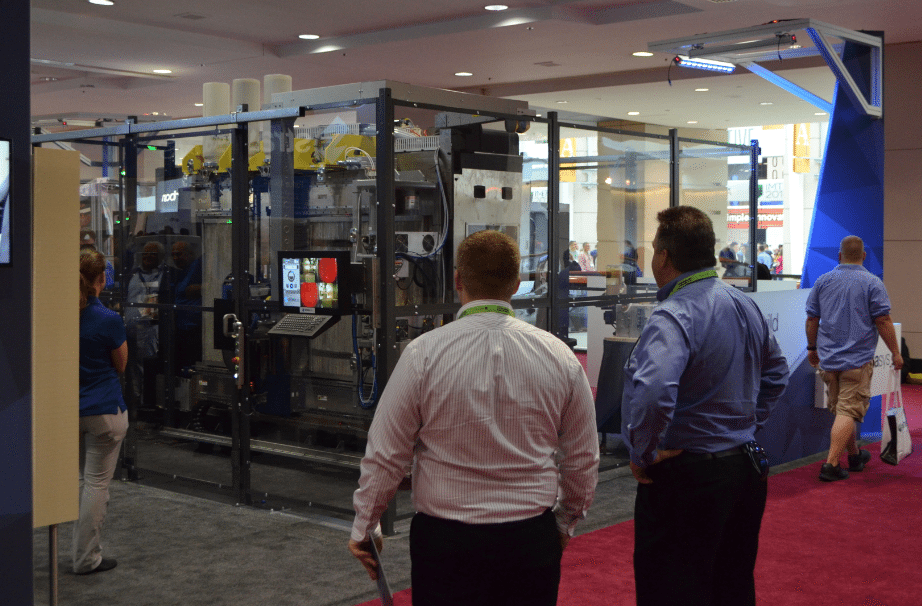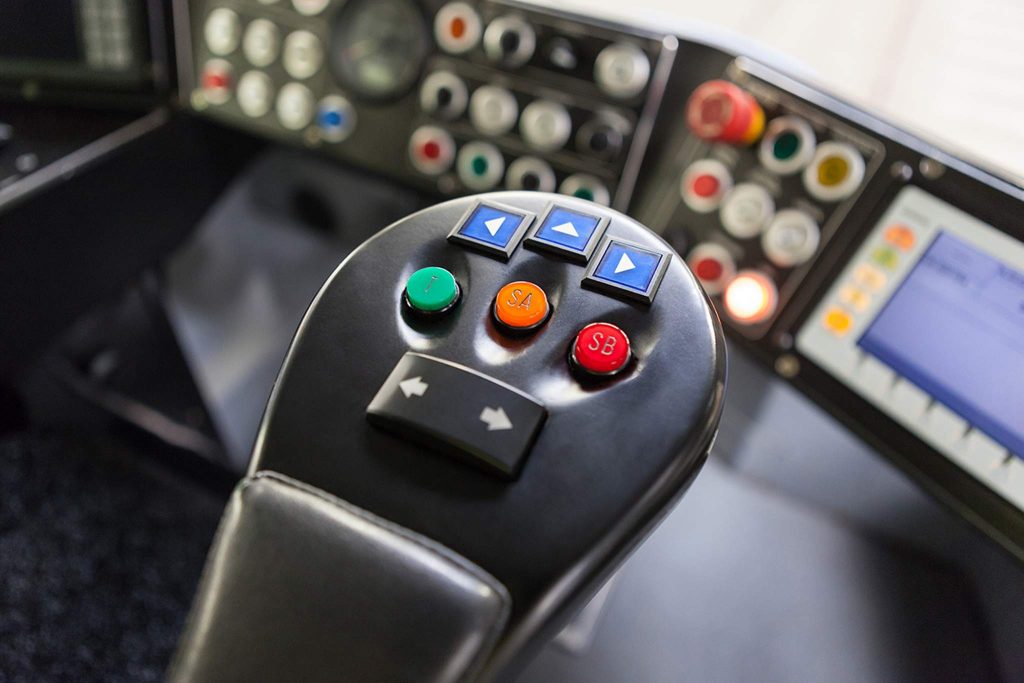The industrialization of 3D printing and activity across the additive manufacturing sector to create an end-to-end distributed manufacturing solution is a key theme for 2017.
The latest development in this area comes as Stratasys announces that the Mobility Division of global engineering and technology solutions leader, Siemens, is pioneering the use of Stratasys FDM 3D printing technology by producing customized final production parts for German transport services provider, Stadtwerke Ulm/Neu Ulm (SWU) Verkehr GmbH.
Meeting increased customer demand
Based in Erlangen, Krefeld, Berlin and Munich, Germany, Siemens Mobility develops technology for vehicles and infrastructure for transport machines.
A spokesperson for Stratasys explained that before adding 3D printing to production capabilities Siemens Mobility faced a, “challenge in being able to meet increasing customer demands for one-off customized parts.”
For the rail industry, if a replacement part is not in stock, Siemens would need to purchase the machinery or tools to manufacture it. This is not only a lengthy process, but from a cost-perspective, Siemens was limited to only taking orders above 10 parts, with lower volumes unable to justify the production cost.
Stratasys has previously announced a number of advances aimed at the industrialization of 3D printing, including their Infinite Build and Robotic Composite demonstrators. 3D Printing Industry has also reported on how Siemens continue to form partnerships with enterprises including Trumpf and leading 3D printing and software company Materialise. Further announcements regarding the creation of an end-to-end solution for distributed manufacturing are anticipated for later today.

Production time cut from weeks to days
Tina Eufinger, Business Development, Siemens Mobility Division, gave further details of how Siemens are integrating 3D printing into production and the advantages it brings, “Our production services for end-use parts have become much more flexible and tailored to our customers’ needs.”
Before we integrated 3D printing into production, we were forced to produce higher quantities of parts in order to make the project cost-effective. For small volume part demands from customers, we would store excess parts until they were used, discarded or became too outdated to use. With the Fortus 900mc, we can now create a design that is 100 percent customized to specific requirements and optimized several times before it is 3D printed. This takes our production time down from weeks to a matter of days, and makes it now cost-effective enough to extend our customer service offering to one-off part production.
An example of this cost-effective low volume manufacturing is given as Siemens’ work for SWU Verkehr GmbH, which offers transport services across 10 rail networks in the inner city of Ulm. 3D printed parts include customized armrests for the driver seat and housing covers for the ‘coupler’ (the cover of the link between two tram carriages). In order to meet the German rail industry’s criteria for production parts, Siemens is using a flame, smoke and toxicity (FST) compliant synthetic thermoplastic 3D printing material from Stratasys to align with necessary fire protection requirements. This enables Siemens to employ the 3D printed parts – which serve as lightweight and durable transport parts – directly into the trams in Ulm.

3D printing low volume production profitable
Andreas Düvel, Siemens Mobility Sales Representative Customer Service, explains: “Customers such as SWU Verkehr GmbH see ‘availability’ as the most important asset to their business – trams and services need to be available and run constantly throughout the day in order for the transport company to be profitable. We at Siemens are regularly faced with this challenge, however the ability to quickly and cost-effectively 3D print customized parts specific to customer requirements enables clients such as SWU Verkehr GmbH to be closely involved in the design and production of its own parts.”
Andy Middleton, President, Stratasys EMEA added, “Siemens is a prime example of how 3D printing can make customized low volume production profitable for businesses – not just for the manufacturer in this case, but also for the end-use customer, the rail industry.”
With the ability to localize manufacturing and 3D print on-demand, entire supply chains can be redefined with large stocks of obsolete parts no longer required. For the rail industry, the likes of SWU Verkehr GmbH can now work closely with manufacturers to design and optimize 3D printed parts when they need them, ensuring trams are operational and that there is minimal disruption to public services.
Don’t forget that voting is now open for the 1st Annual 3D Printing Industry Awards, where both Stratasys and Siemens were nominated by our readers. You can make your vote here.
Also, subscribe to our free newsletter for all the latest 3D printing industry news and follow our active social media accounts.



